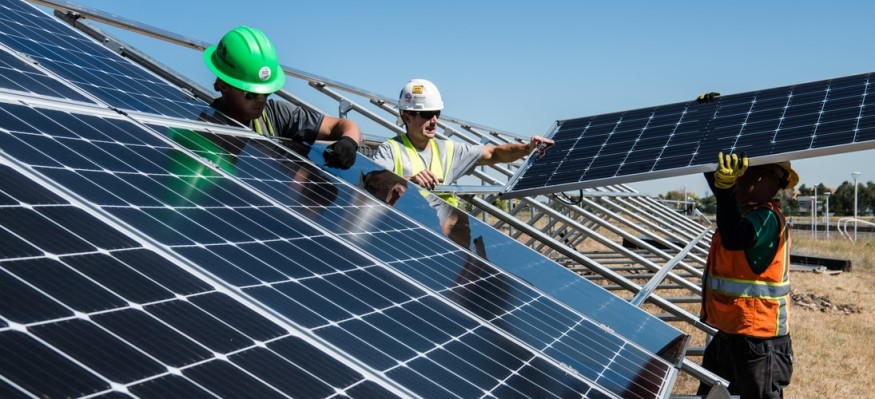Every year, the Solar Foundation, funded by the industry, releases a work census based on surveys of companies that manufacture, distribute, and build photovoltaic panels worldwide. For many years, the annual study has omitted information about how many solar employees are members of labor unions.

Monitoring Labor Unions

In 2019, Ed Gilliland, the foundation's senior director, told HuffPost, "The last time we were monitoring union labor, it was anything like 3% of the total workforce." "It was a small group of people. We believe it is still fairly small."
As a result, when the group's survey figures were collected this year, Gilliland came to an unexpected conclusion: more than 10% of the industry has already unionized.
The discovery, combined with a rosy view of employment instead of other energy markets, may be a handy talking point for President Joe Biden as his administration seeks to accelerate the transition away from fossil fuels and hand union organizers their biggest legal boost in decades. It comes only weeks after the country's largest coal-mining union said it would back climate policies that would include new clean-energy opportunities for its members.
Related Article : 'Jobs, Jobs, Jobs!' Says Biden, Claiming Climate Change Solution is Linked to Employment
Covid-19 Pandemic

One of the more positive findings of the new survey, which primarily assessed the harm caused by the COVID-19 pandemic and was released on Thursday, is that union participation is higher than predicted. In 2020, 231,474 workers were employed in the solar sector in the United States, down 6.7 percent from 2019.
Sales workers, which have traditionally made up the third-largest portion of solar employment, took the brunt of the blow, falling by more than 12%. Manufacturing jobs, the second-largest employment market, plummeted by more than 9%, despite the Trump administration's efforts to lift it with trade tariffs on imported panels. Installation jobs, which account for the majority of solar jobs, decreased by just over 4%.
Even though solar installations increased in the second half of last year, job levels have not risen to pre-pandemic. This may mean market "performance improvements," as the pandemic made internet transactions commonplace and eliminated the need for door-to-door salespeople.
Unionization Rate

The importance of the unionization rate is challenging to measure, in part because this year's work census used a more rigorous approach to calculate the data point than in previous years, making annual comparisons difficult.
According to Gilliland, unionization varies by jurisdiction, depending on the types of labor clauses used in government contracts and how friendly state legislation is to workplace organizing.
He told HuffPost on Tuesday, "Unionization has a lot to do with state laws and state license standards, and clearly in some states, there's a feeble union presence." "If you look at Minnesota or Washington, for example, there is a lot of union representation."

Nonetheless, national wage levels have a positive outlook for the industry's future. According to the census, the solar sector pays construction managers, operations managers, support employees, and sales agents more on average than other energy sectors such as natural gas, gasoline, wind, nuclear, and hydropower. Other renewable plants pay somewhat more for electrical engineers and electricians than solar projects, but just slightly. Solar installers benefit somewhat less than the average roofer.
For more Environmental news, don't forget to follow Nature World News!
© 2025 NatureWorldNews.com All rights reserved. Do not reproduce without permission.





